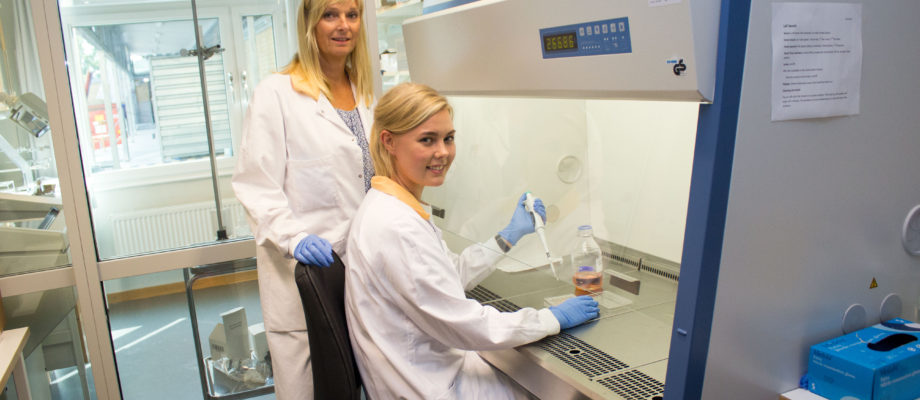NEW STUDY Researchers at Sahlgrenska Academy, University of Gothenburg, have found a microRNA that regulates functions in a group of immune cells. The study, which was recently published in The Journal of Allergy and Clinical Immunology, shows the great importance of microRNAs in the immune system.
Protection against infections in humans is dependent on proper regulation of the immune system. When the regulation of the immune system fails, the immune system can become overactive, which can in turn give rise to asthma, allergies and other immune disorders.

“In our study we focused on a newly discovered group of immune cells called ILC2 cells, which are believed to play an important role in the development of allergy and asthma. The most important finding is that we were able to identify a previously unknown microRNA which regulates functions of ILC2 cells,” says Kristina Johansson, PhD student at the Krefting Research Centre at Sahlgrenska Academy and one of the researchers behind the study.
 Strong connection to airway inflammation
Strong connection to airway inflammation
MicroRNAs are small molecules which regulate protein expression of genes, and thus influence how cells behave. By using lung tissue from mice, the researchers found that ILC2 cells greatly increase the production of a specific microRNA upon activation. The study also showed that ILC2 cells which lack this microRNA demonstrate reduced production of signal substances required for the development of airway inflammation.
It is just ten years ago, microRNAs were described to be involved in disease progression for the first time, when cancer researchers reported on these molecules.
Potential biomarker

“We are still quite far away from seeing drugs that target microRNAs directly to treat airway inflammation, but our study clearly demonstrates that microRNAs have a tremendous impact in the immune system”, says Madeleine Rådinger, Docent in Experimental Immunology and Researcher at the Krefting Research Centre at Sahlgrenska Academy.
She believes that microRNAs hold great potential to serve as biomarkers in the future.
“By analyzing signatures composed of levels of several different microRNAs, we believe it will become possible to reveal the character of an ongoing inflammation.” This is being investigated in another ongoing study at Krefting Research Centre, where samples derived from both blood and airways from asthmatics and healthy individuals have been collected.
The article “MicroRNA-155 is a critical regulator of type 2 innate lymphoid cells and IL-33 signaling in experimental models of allergic airway inflammation” was published in The Journal of Allergy and Clinical Immunology in early August: http://www.sciencedirect.com/science/article/pii/S0091674916307230
TEXT AND PHOTO: ELIN LINDSTRÖM CLAESSEN











